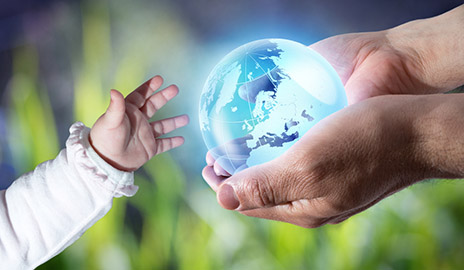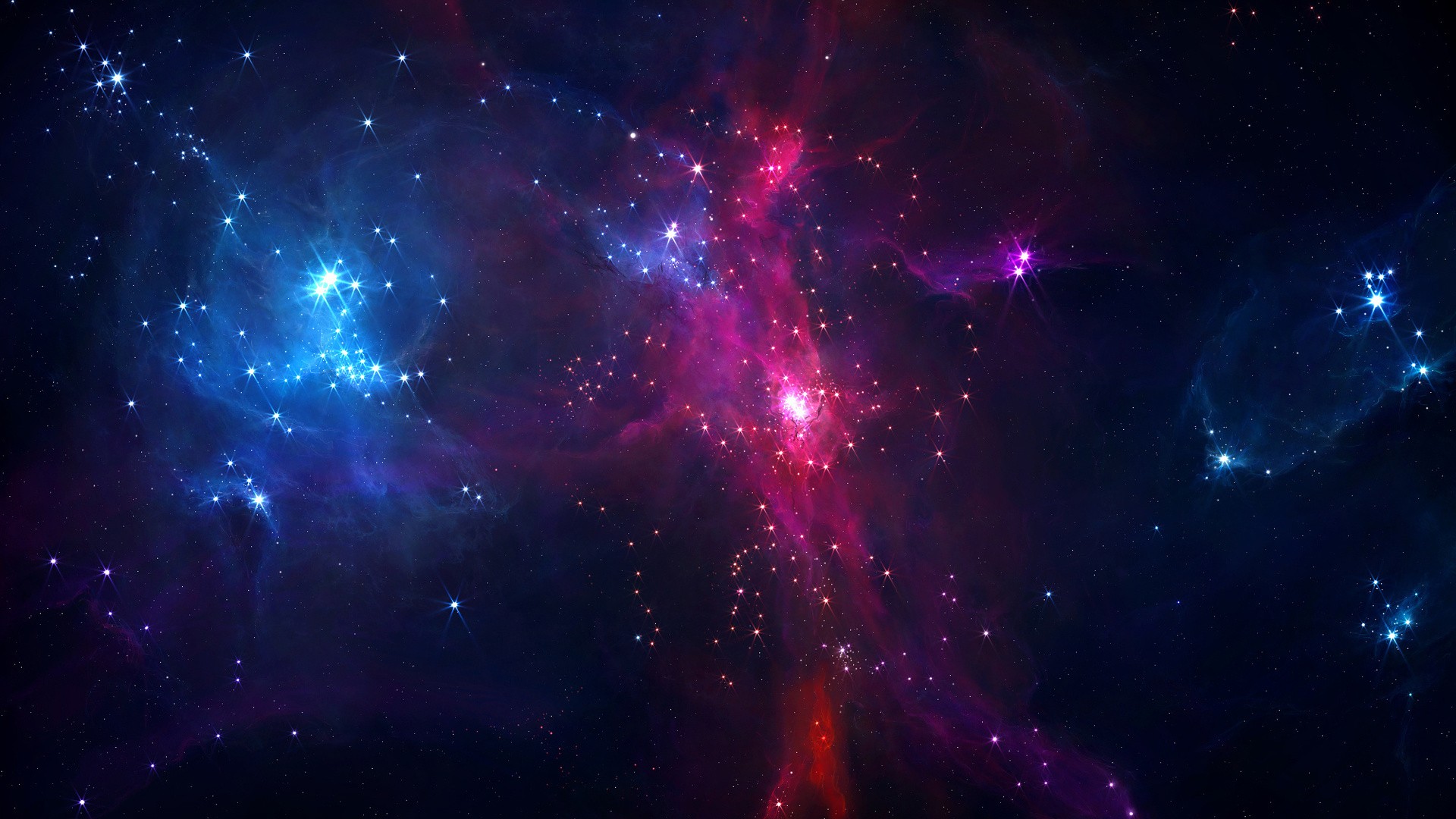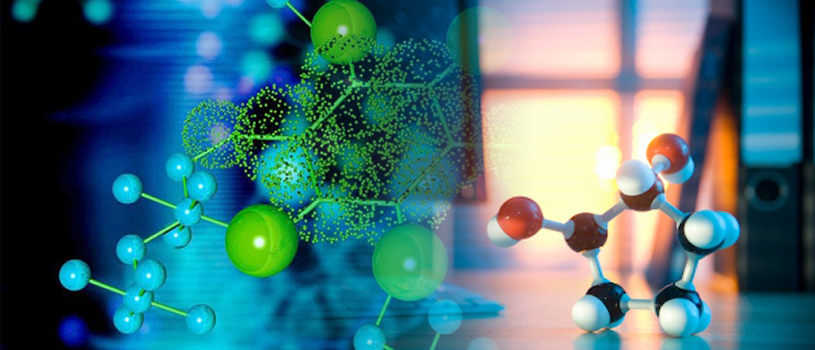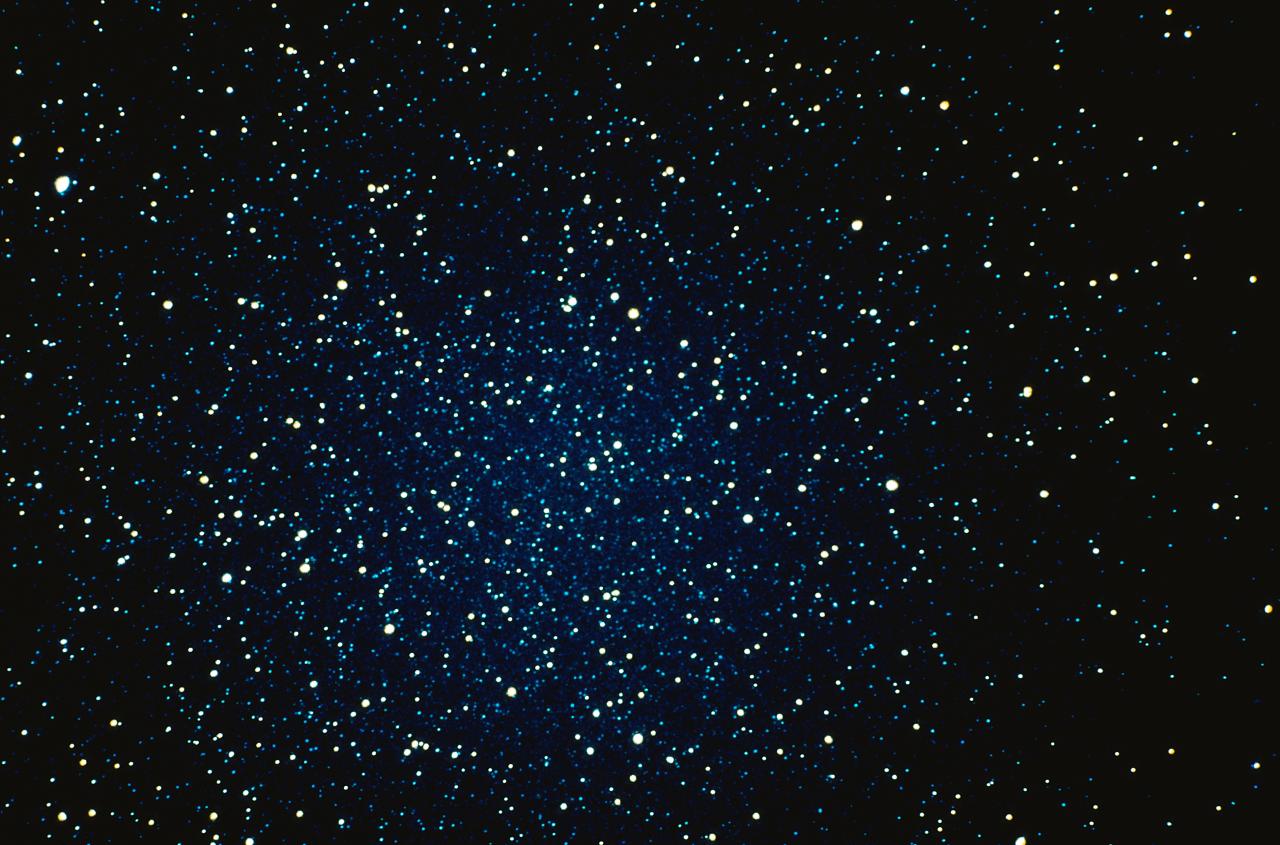
Anyone to run experiments on the computing platform by accessing a website connected to the IBM Cloud.

Astronomers have discovered the second-strongest merger shock in clusters of galaxies ever observed.

Bioo is the world’s first planter that can charge electronic devices like cell phones and tablets, and the company’s Indiegogo campaign has already raised nearly three times the original goal amount – with a month left.

Recognizing the urgency of acting on climate change, the southern California city is moving forward with an ambitious plan to run on 100% renewable energy and cut greenhouse gas emissions in half by 2035.

Leaders often talk about how solar energy is the way of the future, but that “future” claim seems to delay plans and defer immediate action. At what point does the future become today? Well… how about now?

Robots build cars, clean carpets, and answer phones, but would you trust one to decide how you should be treated in a rest home or a hospital?

Currently the best place to search for life beyond the solar system. TRAPPIST-1 is an ultracool dwarf star -- it is much cooler and redder than the Sun and barely larger than Jupiter.

You may now be wondering how long it will be before we can unlock a door, turn on a kettle, or even send an email simply by thinking about it.

File this under definitely not good: global warming is depleting the oceans of oxygen. You know, that little molecule that we, along with all other complex life forms, require in order to breathe and therefore live.

The new IMAX film "A Beautiful Planet" tapped astronauts aboard the International Space Station to take up cameras and capture "stunning footage of our magnificent blue planet — and the effects humanity has had on it over time," according to the movie makers.

According to a report at Forbes, Google recently filed a patent for an electronic device that would be injected directly into the user’s eyeball. As described in the patent filing, the “intra-ocular device” includes an electronic lens that is injected within a fluid which solidifies after application.

Engineers have demonstrated a thin, scalable invisibility cloak that can adapt to different types and sizes of objects.
A humanoid robot just explored its first shipwreck. The OceanOne, developed by a team at Stanford University, had its first real-world test recently when it surveyed the wreckage of La Lune, a 17th century ship that sunk near the southern coast of France.

World's highest efficiency rating achieved for CZTS thin-film solar cells.

A new paper shows that the recent discoveries of exoplanets combined with a broader approach to the question makes it possible to assign a new empirically valid probability to whether any other advanced technological civilizations have ever existed.